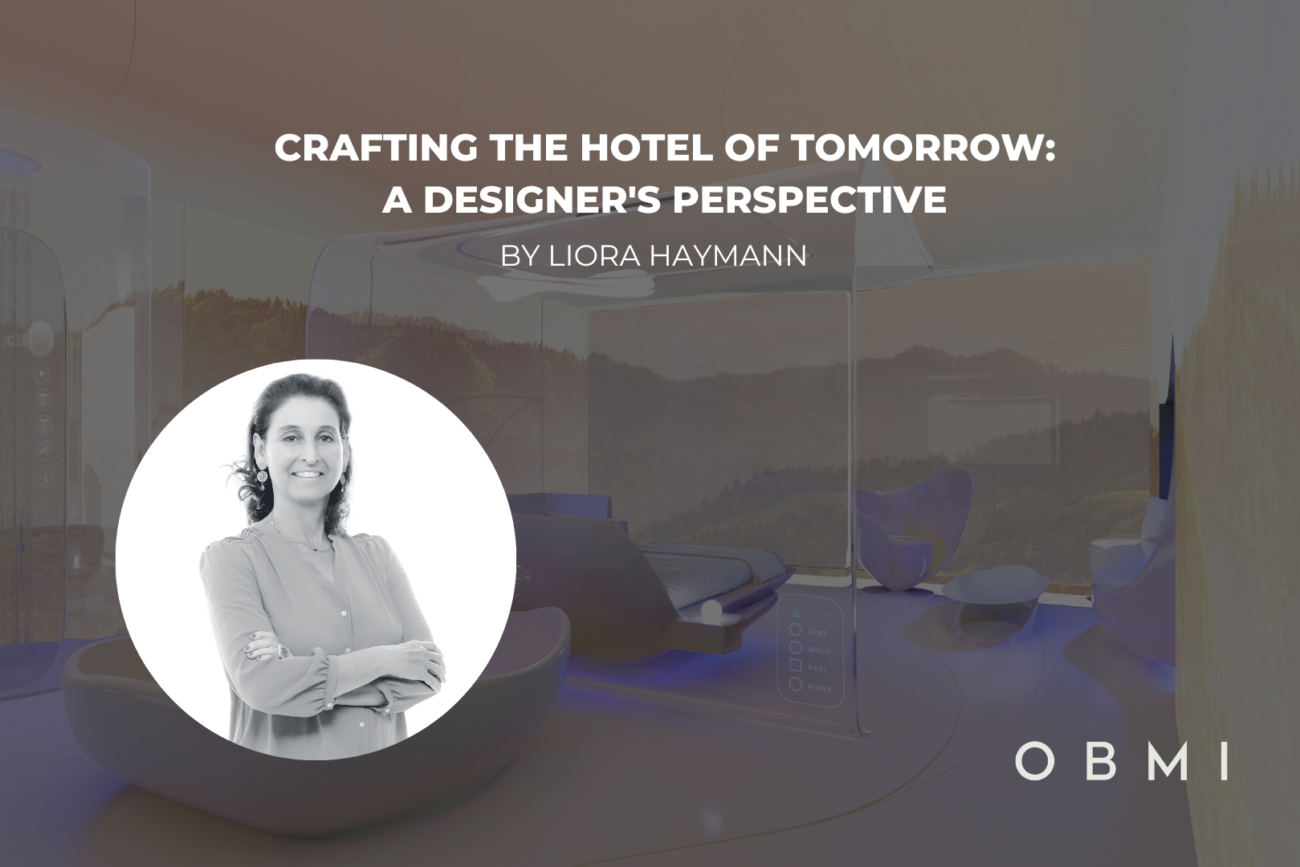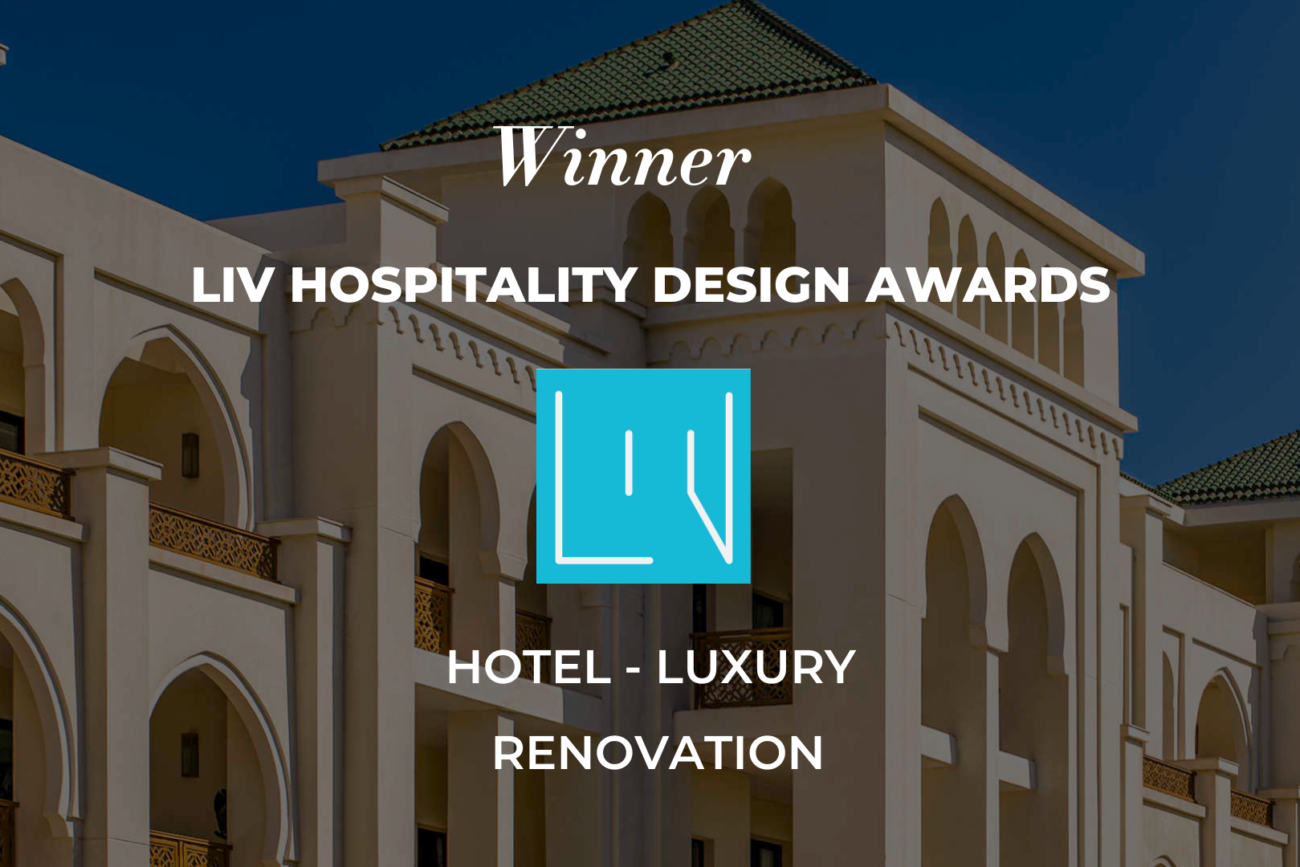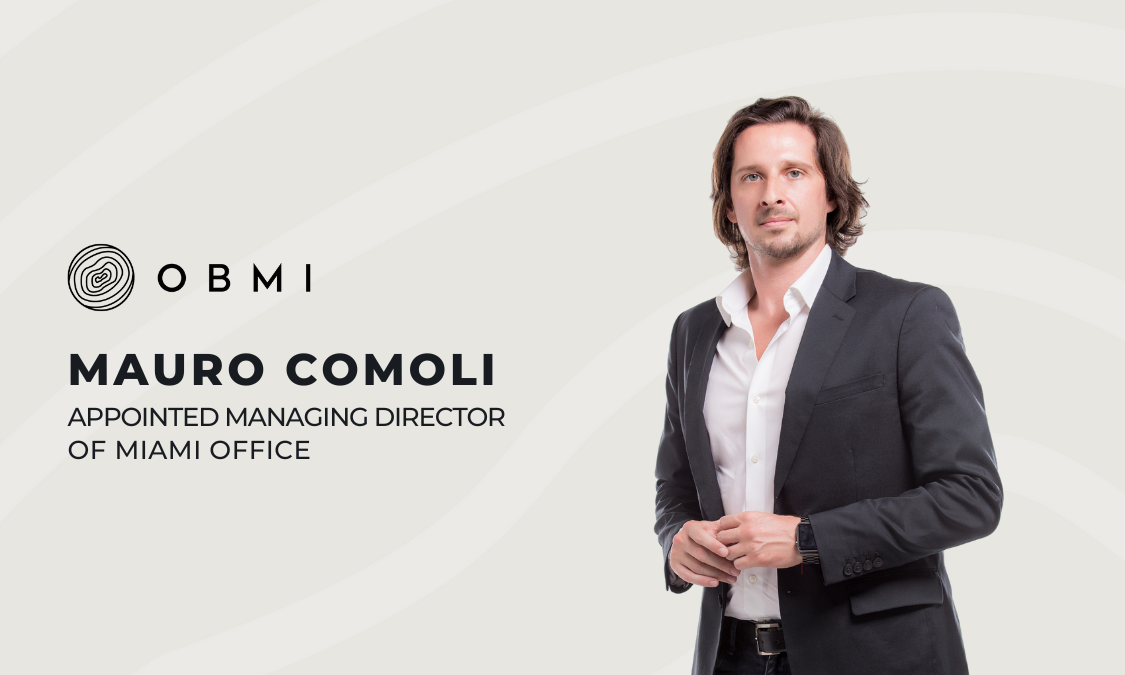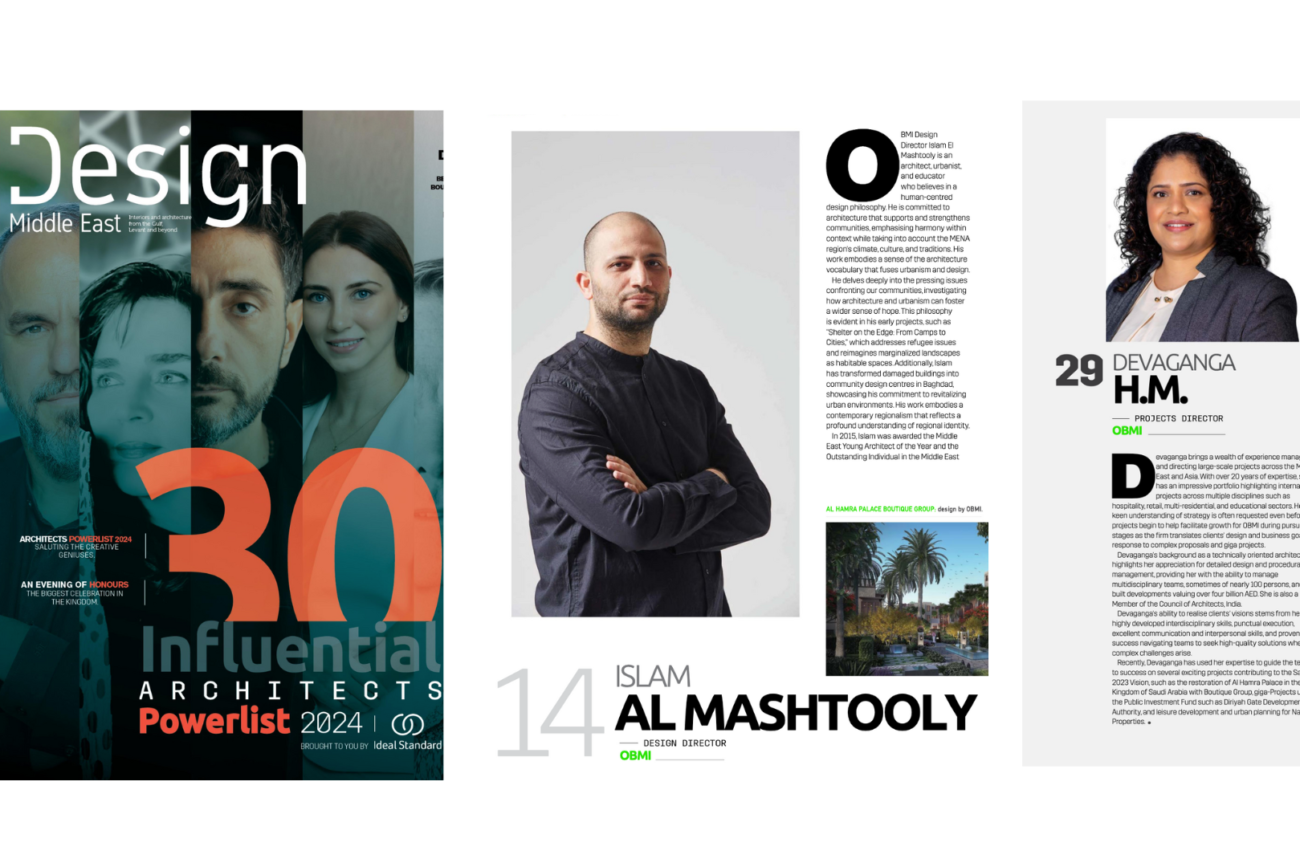Six ways to Increase ROI Through Intentional Design
In an ever-evolving landscape where experiences precede products, the hospitality industry finds itself at the forefront of a new era where consumers have shifted their attention to curating authentic experiences rather than collecting trophies. This is excellent news for the hospitality industry, but how do owners and operators monetize this trend?
How can abstract concepts such as experience, wellness, and social connection become tangible and provide financial returns for a leisure property? Below are six suggestions for professionals in the hospitality development community to increase ROI through intentional design.
- Increasing impact
- Unique experiences are highly marketable. Operation and design teams that emphasize celebrating context create a sense of community and immersion in a culture that feels authentic to the space and its surroundings.
- Since social media is so influential, integrating unique and authentic elements and curated moments into your hotel design increases the likelihood of virality on social platforms – leading to increased engagement and visibility to potential new customers.
- Operational efficiency
- Experienced design teams with a deep understanding of the hospitality industry recognize how operations influence efficiency and the guest experience. Integrating intentional design solutions will provide innovative solutions to celebrate the guest experience while easing the challenges of operations teams, eliminating inefficiencies, and saving time and money.
- The role of technology in the hospitality industry has allowed for more customization to the guest experience. Establishing creative guest-centric touchpoints where technology and the hospitality staff intersect highlights a top-tier customer experience and decreases costs.
- Experiential design
- Sophisticated travelers are looking to curate their collection of personalized experiences. The new “luxury travel” concept is based on three essential experiential pillars: authenticity, privacy and well-being.
- It is crucial to design a hotel or resort that allows guests to adhere to the three pillars and provide operators with the “stage set” to deliver transformative experiences that align with their clientele’s interests and desires.
- Flexibility
- The traditional reception, food and beverage and MICE spaces within a hotel are being reinvented to allow for far more flexibility of use. Design that allows for spaces that can be functionally transformed throughout the day increases the number of possible uses for space, minimizing development costs and leading to additional revenue streams.
- Possible opportunities created by integrating flexible spaces: An “all-day dining” restaurant can be transformed to offer different moods that cater to a sense of specialization for F&B experiences throughout the day. The spaces previously allocated for events offer opportunities for community use, one-off events, and pop-up retail. Or utilizing space on the pool deck to host sunrise yoga, lounge chairs during the afternoon, and a concert or al fresco dining in the evening.
- Adaptive reuse
- Adaptive reuse is the process of converting an existing historic building to serve a new use or purpose. Breathing new life into older buildings with cultural significance adds interesting opportunities for the story of a hospitality project and allows for repurposing existing materials.
- In urban contexts, we also see conversions of office spaces into hospitality as the concepts of work-from-anywhere and digital nomads have become increasingly popular.
- Existing commercial spaces are often larger and in key locations in major cities, allowing designers and operators to offer a mixed-use solution, partially converting these buildings, with offices on lower floors and hospitality or branded residences above.
Examples of adaptive reuse projects:
- Boutique Group has purchased historic palaces in the region that are now underway to become ultra-luxury boutique hotels.
- Hilton reimagined the iconic Old Post Office in the heart of Pennsylvania Avenue between the White House and the U.S. Capitol into the Waldorf Astoria Washington D.C.
- What once was the Whitehall Palace and was the backdrop to world-shaping events of the 20th century, Britain’s Old War Office, now The OWO, recently reopened as a Raffles Hotel with 85 private residences, extensive food & beverage programming and spa.
6. Understanding context
ESG concerns include:
- Integrating sustainable practices in design from the beginning is no longer an option but a requirement. Owners and developers must uphold sustainability standards in new construction and conversions.
- Beyond the environmental and social benefits, governments are incentivizing sustainably designed projects with tax credits and deductions.
- Guests’ decisions are influenced by hospitality companies’ ESG practice.
Localized sustainability issues include:
- Learning from traditional vernaculars: Utilize the practices historically implemented for that design vernacular. This, combined with modern materials and technologies, optimizes resilient design.
- Overcoming physical challenges: Be aware of appropriate site constraints, particularly regarding drainage issues or coastal flooding, particularly in climate change.
- Using local materials: Choosing materials that have been tried and tested in a local context guarantees the material will tolerate the harsh conditions of that climate.
- Understanding skillsets of local labor: Hiring locals throughout designing a project, from conception to completion, adds a layer of expertise that may not otherwise be attainable and provides a tangible financial and social connection with the local community. The local community brings background knowledge of government policies, ideal land usage, cultural relevance, potential threats due to natural elements, and much more.
Integration with local communities:
- Offers entrepreneurial opportunities for new business ventures
- Facilitates local employment
- Stimulates the economy by increasing tourism and circulating the tourism dollars into the community
- Showcases local artisans
- Features resident cuisine made by chefs from the surrounding area
As this transformative period in the hospitality industry continues to gain momentum, is it critical that we translate abstract concepts into profitable ventures within leisure properties? The answer lies in intentional design. Implementing these six strategies unlocks the full potential of resorts and hotels, increases ROI, and ensures they remain at the forefront of this exciting shift toward experiential travel. Embracing intentional design will meet today’s travelers’ demands and thrive in this era of experiential hospitality.
To design spaces that offer guests transformative journeys of discovery, it is our responsibility to immerse ourselves in the site’s features, history, culture, and people, to create an authentic experience for all those who have the privilege of experiencing it. With over 85 years of experience in the hospitality design industry we have seen the shifts in consumer behavior from year to year and decade to decade. Keeping the 5 C’s of designing in mind allows our team to determine the intangible elements that make a resort or hotel a timeless favorite.






